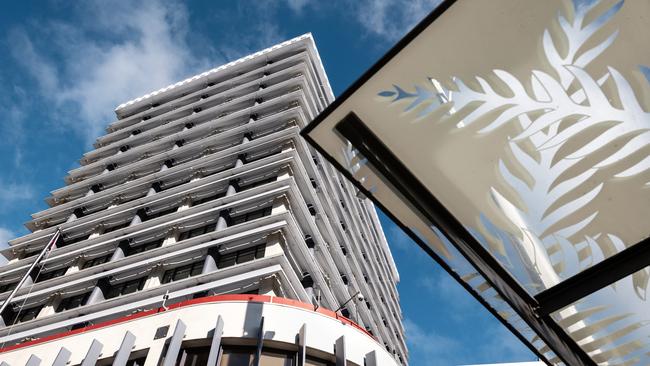Reserve Bank of NZ boosts stimulus
The central bank has raised the limit of its large-scale asset purchase program to $NZ100bn ($92bn) from $NZ60bn.

The Reserve Bank of New Zealand has said it is boosting monetary stimulus to counter the pandemic’s economic damage.
The central bank has raised the limit of its large-scale asset purchase program to $NZ100bn ($92bn) from $NZ60bn.
The RBNZ’s purchases of New Zealand government bonds to keep wholesale interest rates low has become its main policy tool after slashing the cash rate to a record low in March.
New Zealand’s economy bounced back more strongly than expected from a strict lockdown in April and May, but “the severe global economic disruption caused by the pandemic is persisting”, the central bank said.
Renewed restrictions in Auckland — the country’s largest city — after four people tested positive for coronavirus following 102 days without local transmission highlighted the uncertain outlook, the RBNZ said.
“Given the ongoing health uncertainty, there remains a downside risk to our baseline economic scenario,” the bank said.
The RBNZ left its cash rate unchanged at 0.25 per cent as expected. It said in March that the rate would stay at that level until the first quarter of next year.
Analysts noted that while the scale of the asset purchase, or quantitative easing, program surprised economists, the rate of asset purchases it implied was similar to the pace of the previous program.
“Had we extended QE to June 2022 we arrived at a large-scale asset purchase program (LSAP) of $NZ95bn,” said TD Securities Asia-Pacific rates strategist Prashant Newnaha.
“The upsize and extension should do little to change the average run rate over the horizon period, but gives the RBNZ scope to front load purchases near term.”
Other policy tools are being prepared, including a negative cash rate, direct low-cost funding to banks and purchases of foreign assets.
“We see no immediate need to pursue alternative options right now, but a lower or negative official cash rate and a Funding for Lending Program top the RBNZ’s action list,” Mr Newnaha said.
The New Zealand dollar briefly dropped to US65.25c, from about US65.70c.
JPMorgan senior economist Ben Jarman said that while the implied average run rate for purchases works out to be very similar to that under the previous parameters, the statement suggested a “willingness to front-load purchases within this envelope”. He noted that RBNZ staff raised their estimate of the RBNZ’s sustainable ownership share of the market from 50 per cent to 60 per cent.
“The governor also directly stated that the committee wants to actively get bond yields lower,” he said.
The minutes suggest the committee favoured the immediate scalability of large-scale asset purchases to other options of negative rates, foreign asset purchases, and intervening in the swap markets.
With negative rates now flagged as part of a package deal including bank funding support, complementarities between the two, and a larger LSAP program, make negative rates more likely.
Additional reporting: The Wall Street Journal



